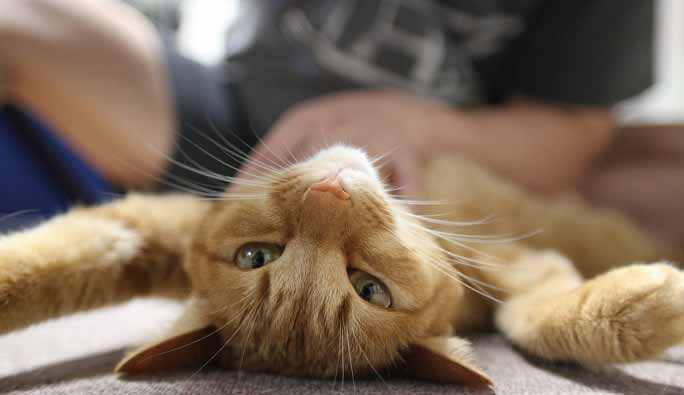Just like humans, animals start to become more stiff and less flexible as they age. As a result, most older animals tend to move more slowly (and with less enthusiasm) than when they were young. Pet physical therapy (rehabilitation) for dogs, cats, and more (even bunnies!) allows us as human guardians to help keep our pets mobile and physically fit.
Be Alert To The Warning Signs
You don’t need to be a trained vet to see the signs. In fact, the pet owner is the best person to spot the tell-tale signs.
Many owners believe their pet is not in pain – but then note that the pet will no longer jump into the car or onto the couch, walk as far as they used to on their daily leashed treks, jump up to greet them when they arrive home, and more.
These changes in behavior may be a hint from your pet that they are in pain and, thus, are avoiding certain activities that may increase their level of pain.
Pet Rehabilitation Goals
Goals for physical rehab can include increasing strength, improving range of motion and flexibility, pain control, weight loss, and more.
Additionally, there are a number of home exercises that you can do with your pet to maintain the benefits of every treatment session!
Studies have documented that physically fit animals live longer overall and develop signs of chronic disease much LATER in their lifetime than their counterparts – this means more healthy, active years with your pet! (1)
So What Happens During Pet Rehab Sessions?
There are a number of treatments and techniques that a trained practitioner can use. Each treatment plan is tailored to meet the individual goals and needs of the patient. Some common treatments include:
- Massage
- Thermo and Cryotherapy
- Passive Range of Motion (flexing and extending a joint to its limits)
- Balance Exercises (balance boards, wobble boards, physio balls)
- Coordination Exercises (walking over and around obstacles)
- Strengthening Exercises (inclined walking, stairs, ramps)
- Hydrotherapy (swimming, underwater treadmill)
- Electrical Stimulation (stimulate muscles and/or nerves with mild electrical currents)
- Acupuncture
How To Get Started
As in human medicine, it is always essential to have general wellness screening (bloodwork, X-rays, etc.) to rule out other potential causes of musculoskeletal pain and stiffness before starting physical therapy.
The ultimate focus of any therapy should always be to improve your pet’s quality of life.
Please do not hesitate to contact us if you have any questions about pet rehabilitation. We are here to help you and your pet!
Works cited:






Leave A Comment
You must be logged in to post a comment.